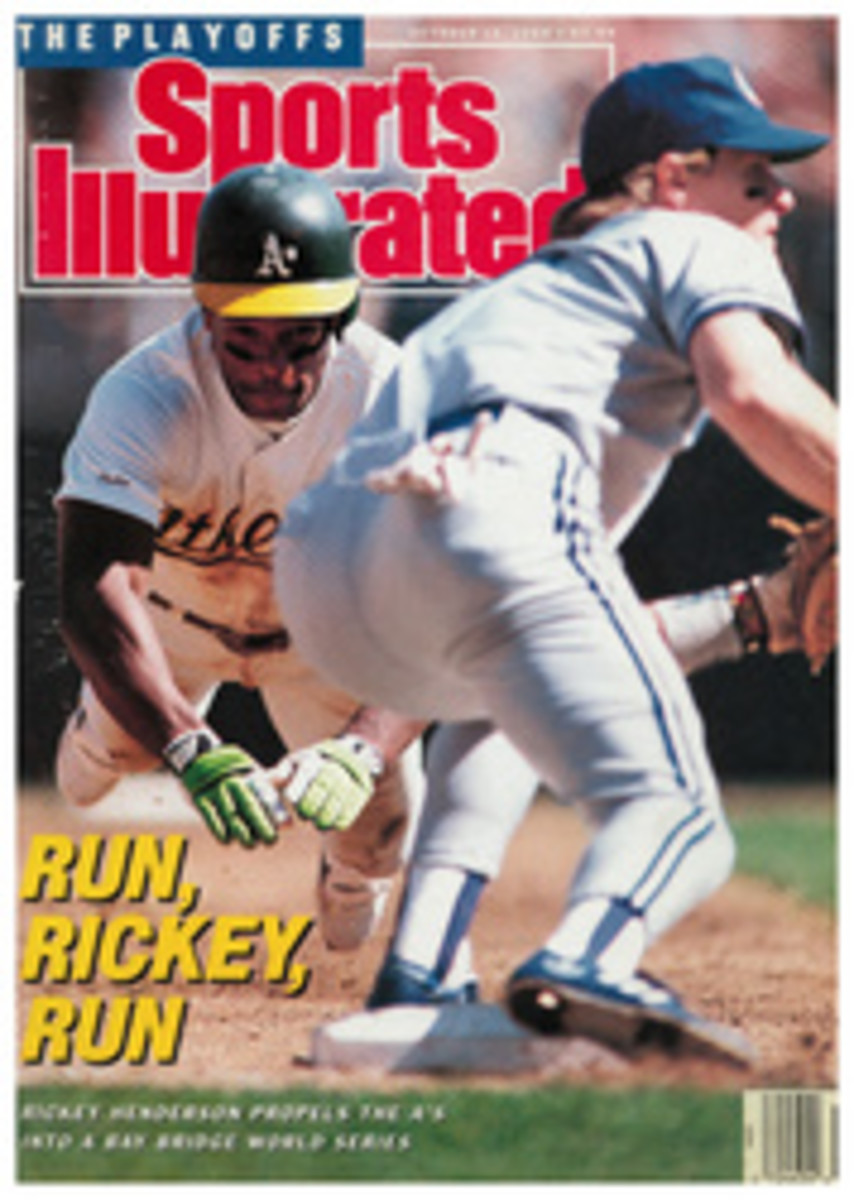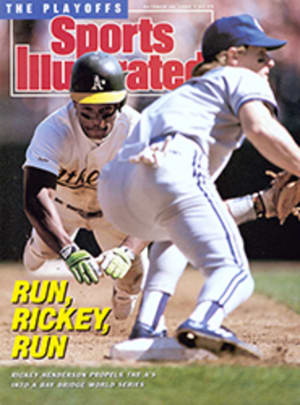
FLY-FISHING HERESY
In a half century of fly-fishing I have, on occasion, annoyed my fellow anglers. I have discovered, for example, that my lack of respect for the ritual of fly selection earns me a "get-out-of-my-life" look that's almost as virulent as the curse that came my way when I slammed a screen door on a fishing buddy's rod tip. Well, he used to be my fishing buddy.
Whenever possible, I skip the entire fly-selection procedure. Peering into an aluminum box or sheepskin purse jammed with small hooks wrapped in the skins and feathers of exotic fauna is, I know, a classic element of the fly-fisherman's ritual. I know because I learned the ageless practice from observing my angling mentors. But somewhere along the way I quit the pose, mainly because I lost all memory of what I held in my hand.
Such famed anglers as Lee Wulff and Lefty Kreh are able to name every specimen in their voluminous fly collections. Indeed, they created many of those flies, christened them and brought them along to the kind of maturity that gets them recommended by knowledgeable sales clerks at L.L. Bean, one of several places where I buy my flies.
But I can't even ask for flies by name. I point and say something like, "Four of those...and two of these.... Wow! Look at that thing. I'll take three...." Being so knowledgeable, those sales clerks seldom interrupt. And being so vain and softheaded, I don't wince when the computerized cash register rolls out its staggering total. Just because fishing flies are tiny doesn't mean their prices are.
Instead of attempting to duplicate the bugs coming off the stream when I open my fly box—"matching the hatch," it is reverently called—I find myself traveling through time, back to a giddy, midnight trip to L.L. Bean's after a wine-sodden dinner. "Why in the name of Ted Williams did I buy all these flies?" I will ask myself, handing the box to my guide or fellow fisherman. "Here, you pick one," I'll say, dispensing with centuries of tradition in one crass moment.
Often, when the fishing is slow, ennui sets in, and I change flies. But when I change, it's a revolt, not merely a slight cultural adjustment. Rather than worry about hooking a fish, I select a fly that reflects my exuberance at being where I am: on the water, under an endless sky, awash in the freedoms that only fishing can give.
Intoxicated with those freedoms on a quest for Atlantic salmon in New Brunswick, I changed from a fly my guide had chosen to a tuft of Day-Glo pink ostrich feather affixed to a large galvanized saltwater hook—a fail-safe bluefish fly tied in Worcester, Mass. My guide considered stepping from his stern perch in our canoe to wade ashore and be shed of my heresy. Instead, he turned his face toward the river and kept silent for the next two hours.
The pink horror failed to rouse the salmon both of us could plainly see slumbering in the stream, but everything else had failed, so why not try something really different. Fish, I keep discovering, are as unstable as humans. There's no telling what they'll do at any given moment.
Go for it! That's my motto when fish are off in a world of their own and not participating in ours. That dictum gained credibility during my most recent outing on Maine's Kennebec River. On that trip I was the guest of my friend Brad Burns and did not complain or suggest alternatives during our fishless afternoon aboard his boat. I was delighted to be on the water. However, the evening's tempo accelerated mightily when we discovered a small pod of hefty striped bass in a tidal cove. Chasing sand eels in two feet of water, the stripers were as breathtakingly visible as bonefish on a Florida Keys flat.
Grabbing a fly that he said would be kissed by a sand eel's mother, Burns tied it to his leader and began casting. I looked at the fly I had tied on before I left the house. It was a tarpon fly: vivid chrome-yellow feathers blended with equally startling vermilion hackles and a swatch of Christmas tinsel.
I saw pain and reproach in Burns's glance at my fly while I made my first false cast. With one more heave, I dropped the Seaducer, as the fly was called, in front of the traveling stripers and watched stiff with awe as one peeled off, swam with purpose toward my outlandish offering and ate it. A quarter hour later I released a robust fish weighing between 15 and 20 pounds. Burns wouldn't quit casting his sand-eel look-alike long enough to help me weigh my trophy.
"I don't believe a fish took that fly," said Burns after the school had taken off with the tide and left him unrewarded.
That was about the last thing he said to me that day, and I haven't heard from him since.
ILLUSTRATION
TIM LEWIS
John Cole's latest book, "Fishing Came First: A Memoir," was published in September.

